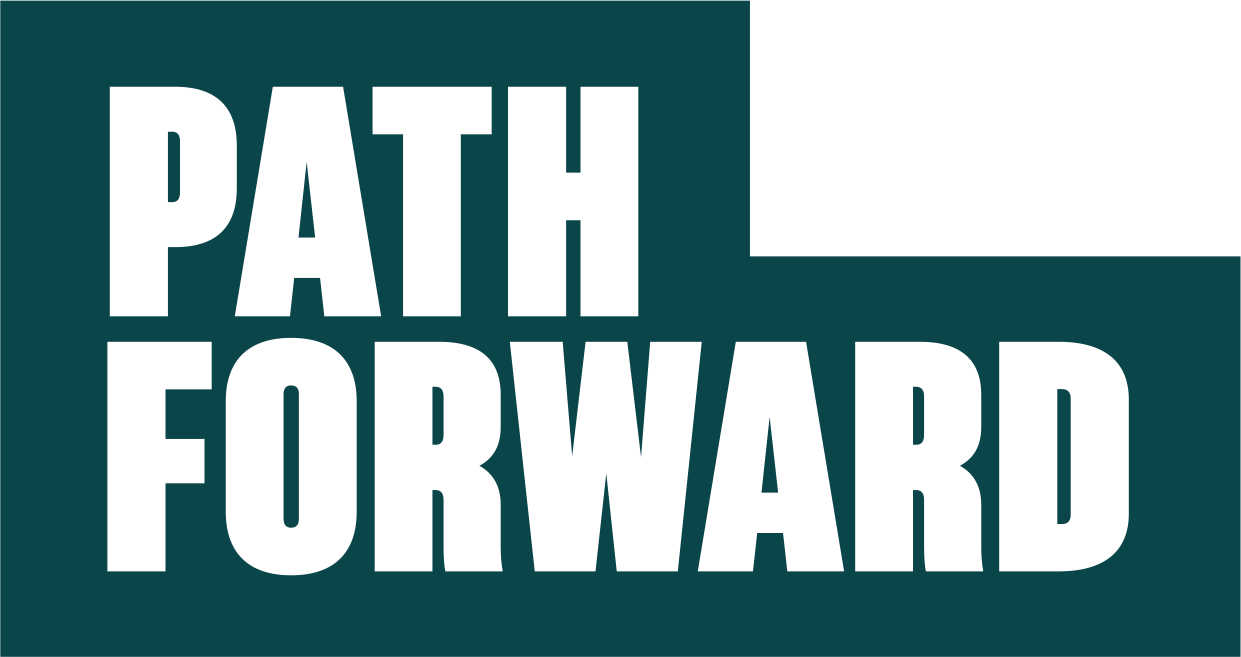Motivation 101c: Power of Connection
Our bodies haven’t changed substantially since the Neolithic. We have the same brains, same nervous systems, same musculature. But to survive, our Neolithic ancestors absolutely depended on their tribes. “Solitary” meant “dead.”We humans are and always have been essentially social animals. It’s in our DNA.But in our culture of “rugged individualism,” contrary to our genetic programming, community has gone the way of the horse and buggy. Which explains why so many of us are depressed, dysfunctional, and unmotivated.The drive to connect is not just in us. It’s in all living things. Nothing alive can ignore the need to live in harmony with its environment and the life forms around it. Even down to single-celled organisms. You know what it’s called when individual cells ignore their environment? Cancer.
We humans are and always have been essentially social animals. It’s in our DNA.
So like all living things, your employees feel — and need to express — this drive to connect. They need to belong to something larger than themselves — a relationship, a team, a cause.(This drive to connect is the second of the two essential drives of all living things. I explored the first one — self-determination — in last week’s post.)So what does this mean for you as a leader? Well, on the surface, it ought to help you understand Chatty Charles’s need to share his stories in ways that seem inappropriate for work.But it’s one thing to develop awareness of human nature. It’s another to get the work done. So how can you use the former in service of the latter? This is the critical question for motivation. Thus:
YOUR PATH FORWARD: Weave this reflection into your daily work life: “I get that my folks need to connect. So what can I help them connect to, so as to meet their needs while at the same time fueling motivation and productivity?”As Jim and I discuss in our book, The Leadership Platform, the answers are likely to show up in the realms of (1) teamwork, (2) context, and (3) meaning. The first is self-evident. The second is about consistently helping your folks to see where their work fits in — how it provides value to the customer, to other parts of the organization, and to society at large. The third depends on the second; it’s about helping them find value in the work they do and the contribution it creates.
